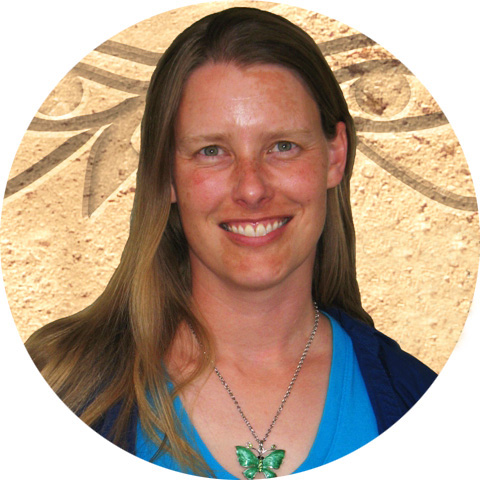Nonfiction can be easier to sell than fiction, because fewer people write nonfiction, but more publishers want it. For example, Highlights publishes about equal amounts of fiction and nonfiction, but I’ve heard the magazine receives about 90% fiction submissions. And then there are many magazines focused on topics such as science and history, which only publish nonfiction.
It makes sense to start by finding a topic that interests you, and which will hopefully interest young people as well. You’ll want to do extensive research with reliable sources. But research alone is not always enough.
Step Away from the Research
Nonfiction comes to life when the writer steps away from the books. Nature Friend Editor Kevin Shank says, “It’s easy to get an article based on research. We’re short on stories where people went out and interacted with nature in a fun story. You can scribble notes when you’re out in the field, and develop it when you come back home.”
Personal and family events also make for strong nonfiction when they intersect with history. Pamela Tuck studied books from publisher Lee & Low. “They featured many courageous characters who weren’t afraid to face down challenges. I felt that my dad’s journey as a teenager participating in the Civil Rights Movement would be the perfect story.” In the 1960s, her father won a local typing tournament, but because he was African American, he didn’t even receive an award. This became As Fast As Words Could Fly (Lee & Low).

Louise May, Lee & Low Books Vice President/Editorial Director, notes, “This is a fascinating, very personal, civil rights story, one that highlights the courageous yet largely unknown actions that millions of people were taking every day just by living their lives with dignity as they fought for equality. You’re not going to find a story like this in textbooks. Stories based on real life experiences give readers a window into the experiences of everyday people, and can show how ordinary people rise to meet challenges. Readers can see something in the story that reflects their own lives or experiences. That’s very empowering.”
Adventures with travel or living abroad can also inspire stories. May says, “How exciting to learn about a new place through the eyes of someone who has been there! Authors who write based on their memories of traveling to different parts of the world have wonderful stories to tell, often filled with thrills, mishaps, discoveries, and lots of fascinating information.”
Find the Arc
However, don’t simply recite a list of facts. “There has to be a narrative arc – a beginning, middle, and end,” May warns. “The manuscript cannot just be a vehicle for imparting information as a list of facts or experiences, to teach a lesson, or to deliver a message. It’s important first to think about your audience – its age, overall prior knowledge, and interests – and then to choose your content accordingly. Consider why your experience would be interesting to others. Does it touch on a significant time in history? Does it include information or events that others may not know? Are the characters relatable? Is the outcome satisfying? Is it just plain fun?”
“A real-life event rarely follows a tight and satisfying story arc,” says Highlights for Children Senior Editor Joëlle Dujardin. “Selecting moments or details to give the story genuine flavor is great, but stick to the facts only when they’re relevant and make for the most interesting plot. An author’s first duty is to create a good story.”
Even nonfiction requires skillful editing of real-life events. Tuck says, “The most important thing is to choose one aspect as your focal point to build around. Then create a beginning that would lead up to that focal point, a middle that would show some type of conflict with it, and an ending that would show the results of your experience.”
Make It Universal
Finally, to appeal to a wide audience, a story needs universal emotions and themes. Heiss wrote Woody’s World (Character Publishing) based on her parents, who lost everything during the stock market crash. She says, “The story I wrote was meant to show young readers that despite hardship, it is possible to come out of those problems with a positive attitude.”

Kevin L. Lewis, Executive Editor at Disney-Hyperion Books, acquired a book by Matthew Cordell called Wish. Cordell and his wife had struggled with infertility issues, and he wanted to write a story that shared that experience with the children who resulted from such situations.
“Matt and I went back and forth with the project, trying to figure out how to serve Matt’s original theme, while making a book anyone could appreciate,” Lewis says. Wish now works, because “Matt had taken his personal struggle and his path to overcoming that struggle, and he had distilled a universal truth – that there is a willingness to endure, outlast, and overcome any obstacles in pursuit of a dream.”
Lewis offers two pieces of advice. “First, it isn’t always the happiest personal moments that lead to the most enriching stories. And second, taking the time to consider the similar (or parallel) experiences of those around you is a great step in reaching a larger audience. Wish began as the deeply personal story of individuals overcoming adversity. But it was only after acknowledging that there was a larger community of adversity with a broader range of stories to tell that the project could embrace a wider range of triumphs.”



 Chris Eboch
Chris Eboch 